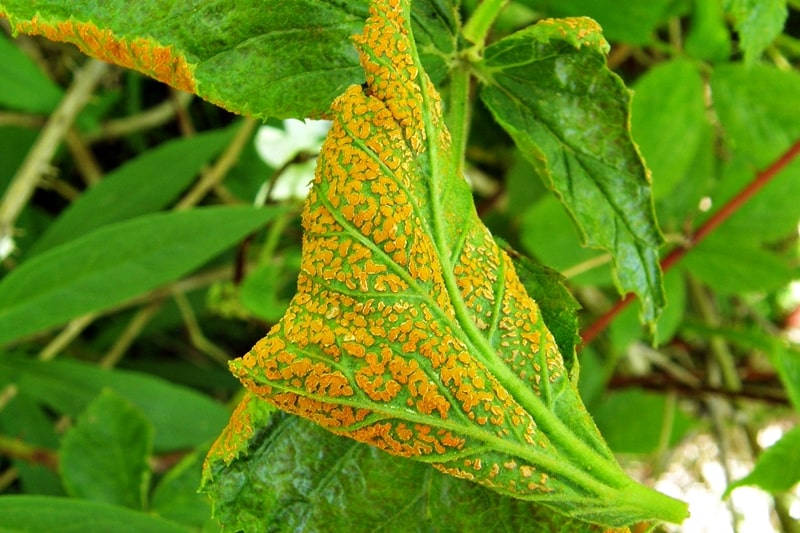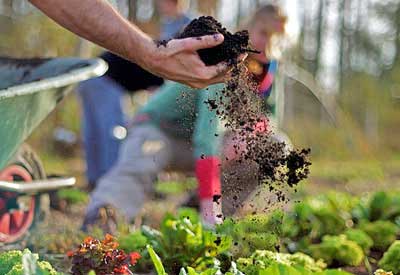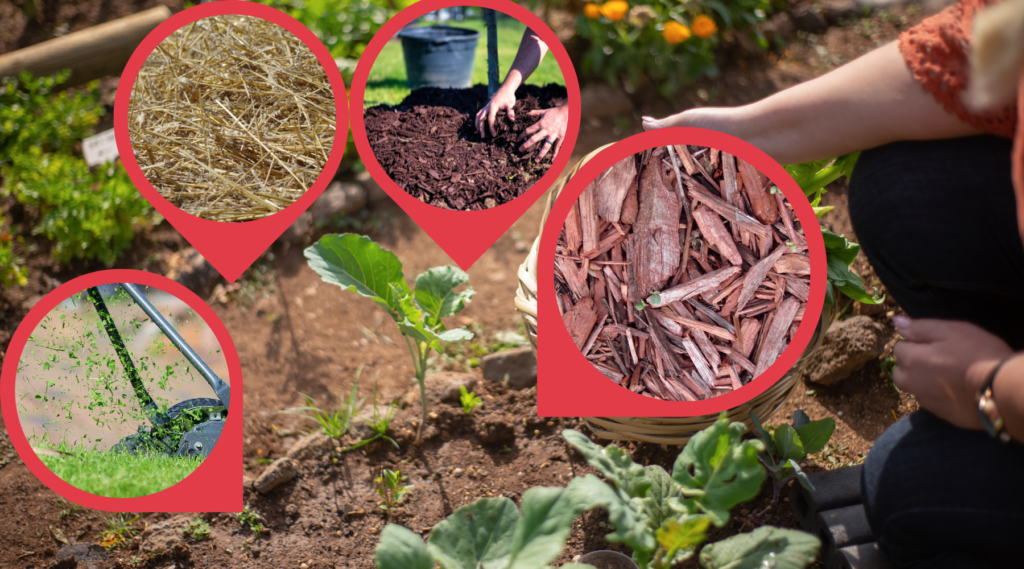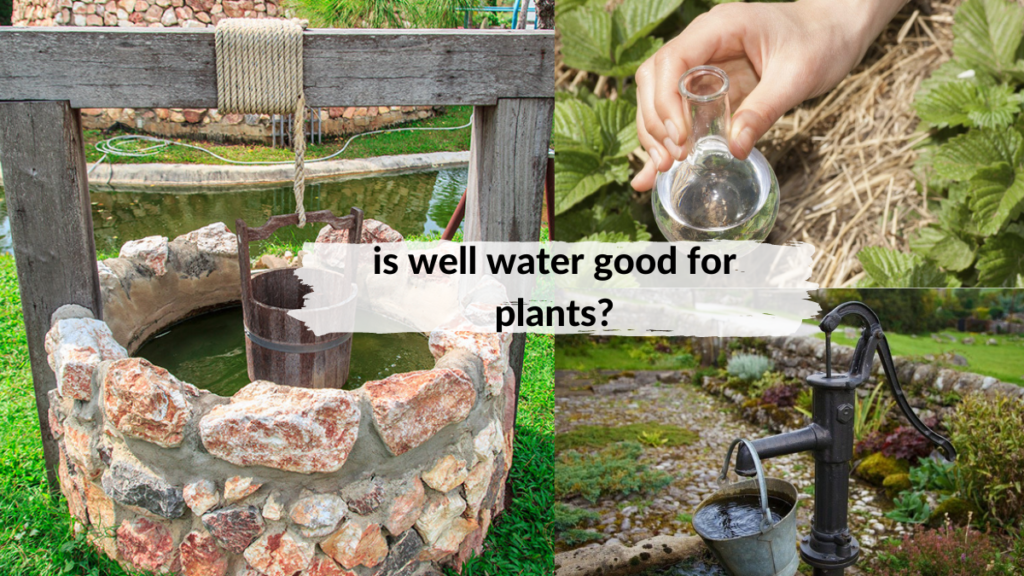Once the fall season starts, the activities in your garden will be slower than they used to be. The activities in your garden will depend mainly on your location. Many perennials may still be blushing with colours or slowly starting to drop their leaves.
Most annual plants are almost at the end of their lifespan. They are most likely succumbing to hard frosts that will follow. For others, it must be tempting to just leave their garden and let nature take its usual course after the growing and harvesting season.
You may be thinking the same since you have already reaped all the benefits from last summer. However, you should know that preparing before the winter weather comes will make things easier for you once the spring season comes.
If you want to reduce the work that you will face for the next spring, then you have to prepare your garden for the cold season. This way, your garden is almost ready next spring. Below are things that you should consider doing.
things to do to prepare gardens for winter weather
How do you even prepare your garden for the winter cold? Below are tips that you can do to winterize your garden beds. You will learn more about winter care for herbs, vegetables, trees, shrubs, roses, perennials, and berry patches.
The tips below start from covering the garden soil to protecting shrubs and trees. So, you will surely learn a lot of things in prepping your garden for the cold season.
harvest and store vegetables
1. hardy perennials or vegetables
These are plants that can withstand hard frosts. You can leave these in the ground and sometimes taste better after a light frost.
- Garlic is usually planted in October or November. These overwinter for the following year’s summer crop.
- Spinach and broccoli can also survive winter without any protection.
- Collards and kale usually taste a bit sweeter during fall and winter when touched by the first frost.
- Brussels sprouts can also be left in the ground. All you have to do is bury the plants up to the top parts in leaves or hay in late fall. You can just pull off all little sprouts throughout winter when needed.
1. semi-hardy vegetables
These plants can withstand light frosts. These are slightly more sensitive and benefit from the winter protection they get such thing as floating row cover or cold frame. You can just choose to harvest them even before serious frosts set in.
- Kohlrabi, English peas, mustard greens, leeks, cauliflower, and arugula can die when left unprotected during the extreme winter cold.
- Swiss chard and cabbages can tolerate light frosts. However, the outside leaves may get tough or damaged. You can just peel these away before you use the rest of it.
- Root crops such as parsnips, rutabagas, turnips, beets, and carrots can stay in the garden even after a frost. You can just remove them once the good condition sets in. Just make sure that you dig them out and store them before the ground freezes.
- Potatoes can stay in the ground, but it is recommended that you do not leave them on the soil surface for a long time. Dig them and place them in a warm and dry area. This will allow their skin to toughen up before you store them. Dry them in a single layer and then turn them periodically. This will take around two weeks before you can remove visible dirt. Do not wash them so that the skins will toughen more, and they will last longer in winter storage.
2. tender vegetables
These vegetables are not good at tolerating frost that is why you should harvest them before the frost strikes. Vegetables included in these are zucchini, beans, peas, tomatoes, pumpkins, and winter squash.
Make sure to pull these plants out as well as all debris from the crops. If there are diseased plants, you can discard them or burn them. Avoid leaving infected plants on your garden beds or put them in the compost pile.
get rid of diseased plants and leave the rest as is in your garden for winter
There are plants that you can leave to rot and add nutrients to the garden soil. However, some may develop diseases or harbour funguses and pests.
If you were not able to notice signs of these problems during the growing season, try to look for any signs of diseases and get rid of these plants now. The remaining spent crops will protect the soil, reduce, and prevent soil erosion throughout winter. These plants can also give overwintering pollinators places to stay during the cold season.
get rid of invasive weeds that grew in the garden beds over the growing season
Have you been noticing invasive weeds growing around the borders of your garden? Now is the best time to get rid of them. Dig them up and discard them in the trash. You can also smother them underneath a garden cloth or tarps.
Most invasive weeds stay viable in a weed pile or compost heap. Try to avoid shifting them to another area in your garden. Getting rid of these plants completely is the ultimate way to prevent these from sprouting again and interrupting the crops for the following year.
make necessary amendments to your garden soil for the next spring
Most people would save this activity for spring. However, fall is the recommended time to add soil amendments such as compost and manure, or organic fertilizers that include rock phosphate, bone meal, and kelp. Adding nutrients during this season will give the amendments enough to start breaking down, improving your soil, and making it biologically active.
Amending the soil now means that you already finished some of the work once the busy season starts. After you sprinkle on the amendments, you can mulch the soil and sow cover crops on your garden, especially garden beds, since these beds drain easily, to prevent the winter rains from washing off the amendments below the active root zone. Make sure that you remove the mulch in early spring just to prepare for new planting.
cover up garden raised beds
Though most people add it in the spring, you need to add compost in the late fall to let the soil soak all the nutrients throughout the winter season. Add a few inches of manure or compost on top of the beds before the ground starts to freeze.
You can then add a light layer of mulch or straw to prevent soil erosion, weed development, and nutrient leaching. You can also sow cover crops like winter rye to enrich your soil.
If you have vegetable gardens, you can cover the beds with a layer of cardboard, old carpet, or black plastic. Leave it through the winter season until you are ready for spring planting. This will help in killing existing weeds and subduing sprouting seeds.
carefully prune perennials
Fall makes the best time for trimming some perennial garden plants. Just make sure that you only trim the right ones. Fall pruning may benefit certain plants, but you have to choose carefully as there are plants that can continue their nourishment during winter.
Some plants benefit from spring pruning and save from being exposed to stress and disease. Focus your pruning efforts during fall on flowers such as roses, herbs including sage, rosemary, and thyme, and vegetables like rhubarb and asparagus.
Resist the temptation of cutting perennial flowering plants like those that are covered in seed heads. These can turn into bird feeders for overwintering birds that can also make your winter garden more interesting. Leaves and stalks can also provide winter protection to the tender crowns of plants.
take time to divide and plant bulbs
Take time to dig up and start dividing straggly or crowded plants that started during the growing season. It might take time to locate spring bulbs while other plants will be obvious.
To do this, dig at a distance of 4 to 8 inches away from the growing stalk and loosen the soil carefully. Lift the bulbs slowly and separate the bulblets so you can transplant them at another garden bed or anywhere in the garden. If you have already dug up spring bulbs, you can start dividing them and planting them again.
start harvesting and regenerating your compost
As the heat of summer is ending and nature’s microbes are starting to settle in for the winter’s nap, you might think that it is okay to ignore the compost piles.
Ignoring your compost piles can turn into a missed opportunity in two ways. The first one is when the compost is probably ready to go. The rich material in your compost bin can be used to top up raised beds, fertilize lawns, or amend deficient soils. Landscaping will enrich the soil that will jumpstart the growth once springtime comes.
The second opportunity that you may miss is that cleaning the compost pile means you can make another batch that can be insulated against the freezing weather. To keep the microbes working for a longer time, you need to build fall compost bins with lots of fall leaves, sawdust, or straw, layered with kitchen scraps along with active organic matter.
replenish the mulch
Mulching during winter almost has the same benefits just like when done during summer. Some of the benefits include:
· reduce water loss
· protect soil from inhibiting weeds and erosion
· a thick layer of mulch on the soil surface will help in regulating soil moisture and temperature
· eases the transition to winter
· buffers against hard frosts
· prolongs crops
· eventually breaks down and get incorporated in the fresh organic matter into your soil
review your plants in the garden and asses the coming growing season
This is the right time to evaluate which plants grew well in your area and whether you need to find better varieties or go for new plants.
If there are plants that performed adequately, you can extend the harvest by adding new varieties that can ripen later or earlier in the season. With vegetable performance, take note of those that worked and those that did not. The failures and successes in the growing season can all be due to weather while others can be under your control.
You can adjust with plant placements, soil fertility, and moisture levels. The highs and lows of summer might be easy to remember once springtime comes but keeping a fall garden checklist will help you prepare your garden for winter.
clean and sharpen garden tools
Most gardeners may know that they should keep their garden tools well-oiled and clean throughout the year. However, there are times when it is difficult to keep up with the task once the gardening season is at its peak. Fall is the right time to improve the lifespan of your tools and give them an ample amount of attention.
Start with washing them to get rid of debris and dirt. When there is rust, you can use a wire brush or sandpaper. To sharpen shovels and hoes, use a basic mill file. For pruners, you can use a whetstone.
Once done, rub the surfaces with a thin layer of light machine oil using a rag. This will seal the metal from oxygen which will extend its lifespan for the following year.










